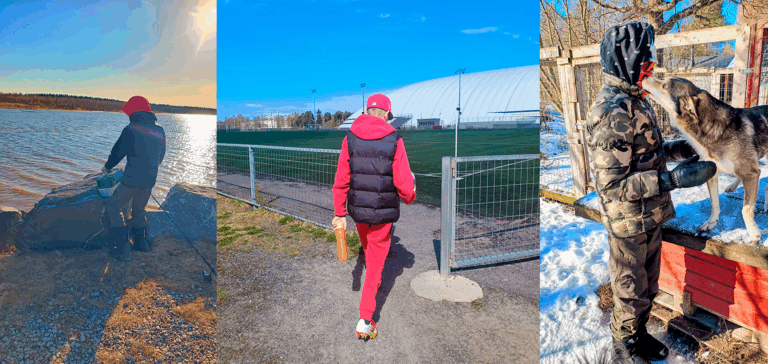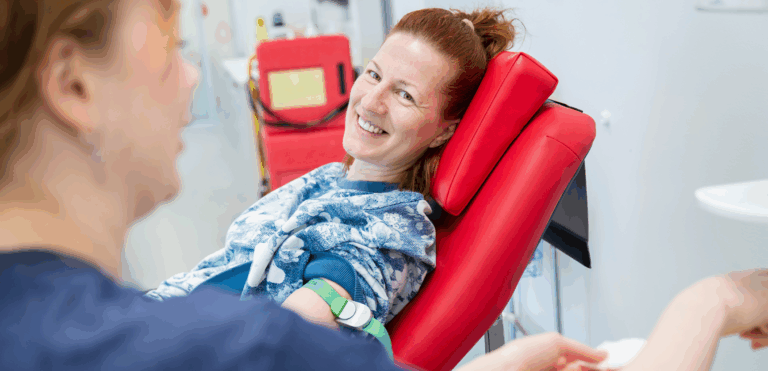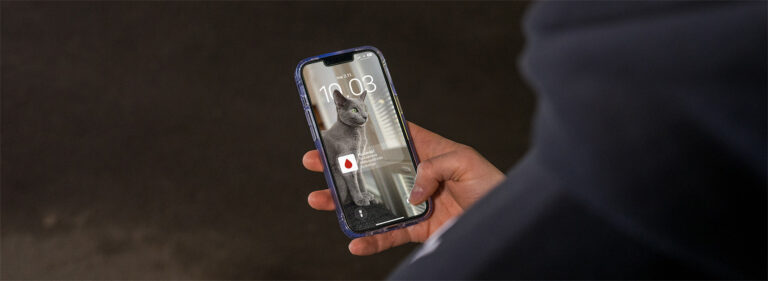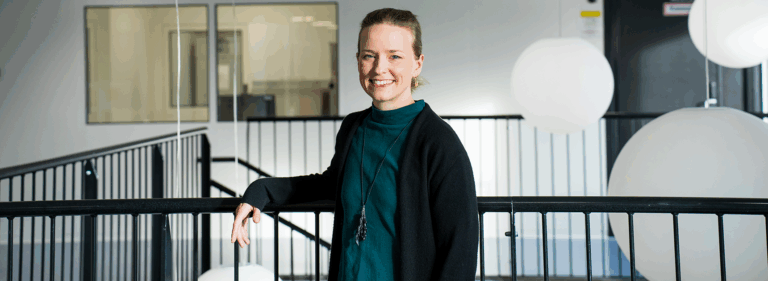Kimmo Ståhlberg is waiting for a stem cell transplant – Every fifth patient can’t find a matching donor
Every year, hundreds of patients in Finland need a stem cell transplant, for example to treat leukemia or other serious blood disorders. A stem cell transplant may be the only way for recovery. The Finnish Stem Cell Registry, maintained by the Finnish Red Cross Blood Service, consists of voluntary donors from whom a match is sought for seriously ill patients. More members are needed for the registry, as currently, every fifth patient does not find a suitable donor. One of them is Kimmo Ståhlberg.
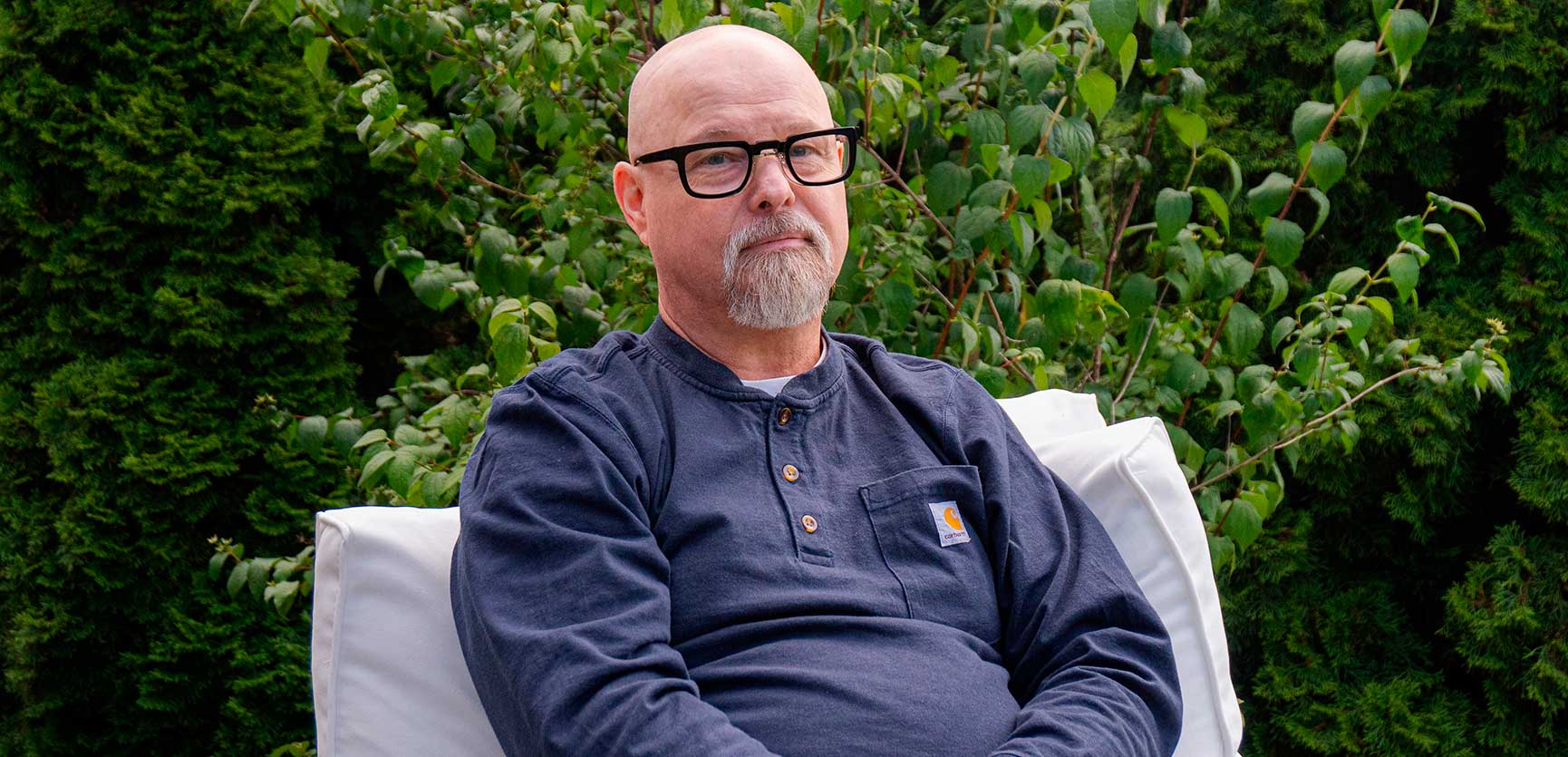
This year, World Marrow Donor Day is celebrated on September 20. The purpose of the day is to thank those who have joined the registry and donated – and to remind us that some patients are left without a matching donor.
An optimal donor for a patient can be a sibling with a matching tissue type or a registered volunteer donor. That’s why the search is usually carried out both within the family and through the registry.
More members are needed in the registry – young adults aged 18 to 35. Currently, the registry has around 80,000 members.
A matching tissue type is crucial
A stem cell transplant requires that the tissue types of the donor and patient are sufficiently similar. However, tissue types are highly individual and vary significantly between populations and geographic areas.
“Finns have a unique tissue type distribution that differs from the rest of Europe, due to the country’s history, sparse population, and geographic isolation. That’s why Finnish patients are more likely to find a matching donor from within Finland,” says Tiina Linjama, chief specialist of the Stem Cell Registry.
Sometimes it can be difficult to find a matching donor. In such cases, a partially matching donor must be used, which increases the risks associated with the treatment.
“The first day of the rest of my life”
One patient currently waiting for a suitable stem cell donor is Kimmo Ståhlberg from Turku. He has a rare condition called myelodysplastic syndrome (MDS), where the function of stem cells is impaired, leading to declining blood values.
“The diagnosis was the first day of the rest of my life. The illness has had a major impact on my whole family and it has been a difficult time,” Ståhlberg shares.
A stem cell transplant is used to treat more severe forms of MDS. Kimmo Ståhlberg has a rare tissue type, and a suitable donor has not yet been found.
He urges people to join the Stem Cell Registry.
“I was surprised at how easy it is to join – and it can even be done when donating blood. Joining the registry is a small gesture, but the right donor can save a life – or an entire family’s future.”
Despite the difficult situation, Ståhlberg has not lost hope.
“Of course, I think about how long I’ll be part of my children’s and grandchildren’s lives. But I can’t let myself get depressed – I have to keep fighting and stay above water. And hope that many people will be inspired to join the registry.”
Easy to join – every new member is important
People aged 18–35 can join the Stem Cell Registry. There are very few specific requirements – the most important thing is the willingness to help. You can test your eligibility on the Blood Service’s website.
Joining the registry does not mean that you will automatically donate – or that you ever will. But every member is a potential lifesaver. Each year, about 60 members of the registry go on to donate stem cells.
You can join the registry at any of the Finnish Red Cross Blood Service’s fixed locations. You can visit just to register or combine it with a blood donation. You can also join by ordering a sample kit to your home at: www.veripalvelu.fi/en/stem-cell-registry
